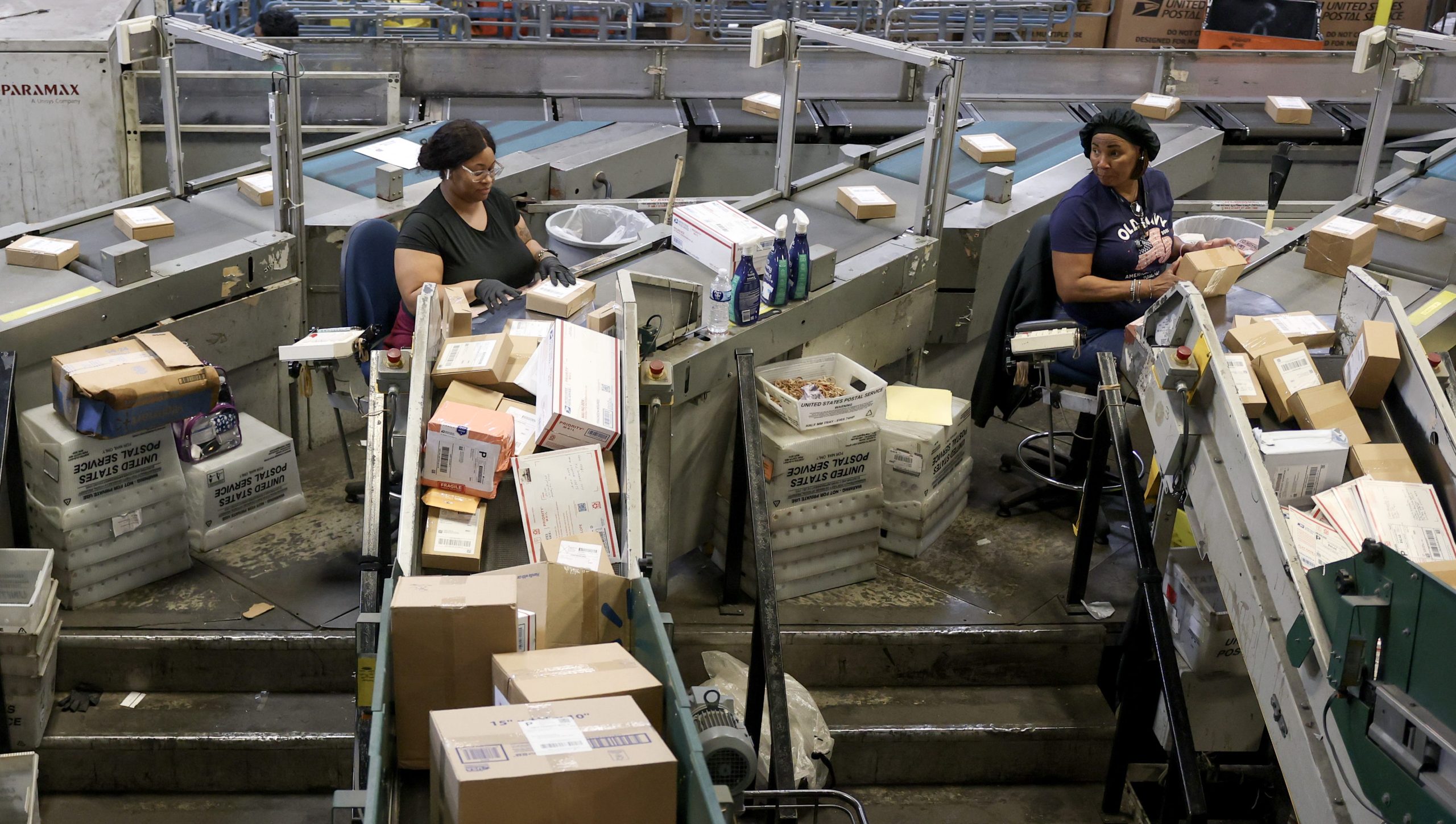
When Donald Trump declared the implementation of a significant 10% tariff on Chinese goods, it sent the Postal Service into a state of urgency, leading to a temporary suspension of package acceptance. This announcement raised numerous questions about the implications for international shipping and how it would affect deliveries to consumers. As the situation unfolded, updates were provided regarding the adjustments being made to accommodate the new tariffs. Below, you?ll find a comprehensive overview of the events that transpired and the potential impact on your package deliveries.
Understanding the Recent Suspension of Package Acceptances from China
Just 12 hours after the U.S. government officially stated that it would cease accepting packages from China and Hong Kong, it was revealed that shipments had resumed on February 5, 2025. The Postal Service provided an updated statement emphasizing their collaboration with Customs and Border Protection to establish an efficient collection system for the newly imposed tariffs. This was aimed at minimizing disruptions in package deliveries. The temporary ban was a direct consequence of Trump’s 10% tariff on imported goods from these regions. Additionally, there was a ?de minimis? exemption introduced for international items valued under $800, which would not incur the tariff, thereby easing the shipping process for lower-value packages.
China’s Strategic Response to U.S. Tariffs on Imports
In retaliation to the 10% tariff imposed by the U.S., China swiftly announced its own set of tariffs targeting American products. The finance ministry of China declared that starting February 10, 2025, a 15% tariff would be applied to U.S. coal, while a 10% tariff would affect U.S. crude oil, automobiles, and agricultural equipment. This strategic countermeasure highlights the escalating trade tensions between the two countries and raises questions about the broader implications for international trade. As these tariffs come into effect, both nations must navigate the complexities of their economic relationship and the potential repercussions on global markets, businesses, and consumers.
Defining Tariffs and Their Impact on International Trade
Tariffs are essentially taxes imposed by governments on imported goods, which create costs that importers must pay to bring products into their country. These fees can significantly affect the pricing of goods, making imported products more expensive compared to domestically produced items. For consumers, this can mean higher prices on everyday products that rely on international supply chains. Understanding how tariffs function is essential for grasping their impact on both the economy and individual purchasing decisions. As tariffs evolve, they can shape market dynamics, influencing everything from consumer behavior to international trade agreements.
Reactions from Mexico and Canada Regarding Trade Tariffs
In the context of these trade policies, it’s important to note that while Trump enforced a 10% tariff on China, he imposed a significantly higher 25% tariff on goods coming from Mexico and Canada. However, on January 3, 2025, Trump utilized his Truth Social platform to announce the cessation of tariffs on Mexico. This decision was made following an agreement with Mexico?s President, Claudia Sheinbaum, to deploy 10,000 Mexican troops to the U.S.-Mexico border for enhanced oversight. Meanwhile, tariffs on Canada were temporarily paused for a month after Prime Minister Justin Trudeau agreed to a $1.3 billion border security plan, which also includes the deployment of 10,000 Canadian personnel to strengthen border security measures. These developments illustrate the ongoing negotiations and adjustments in North American trade relations.






